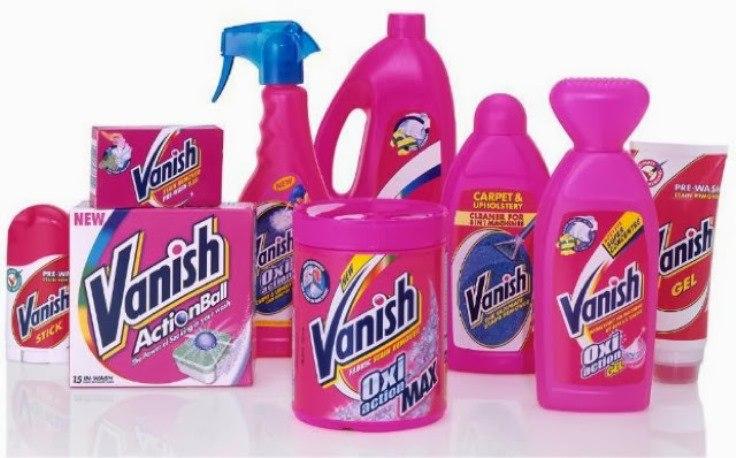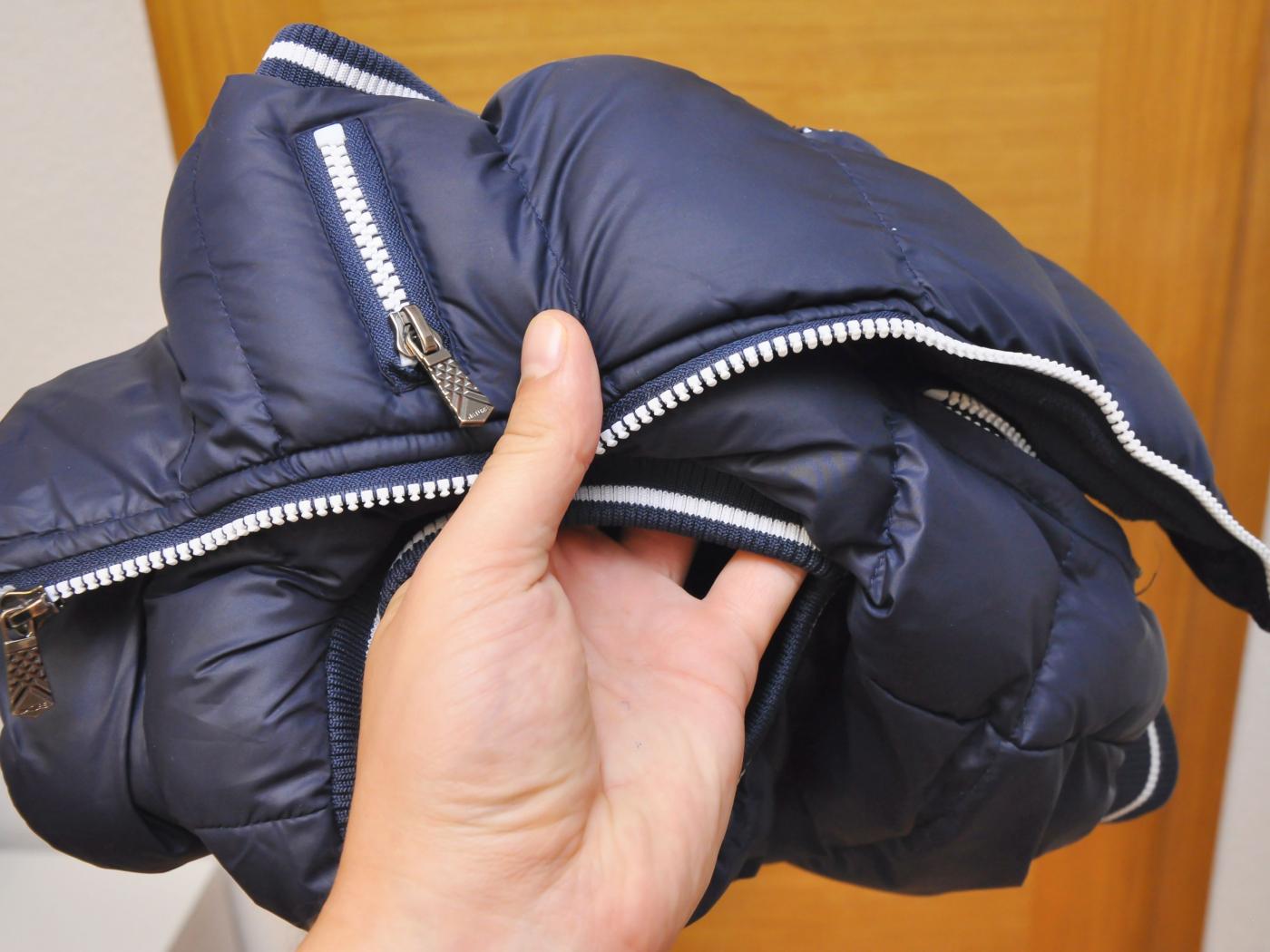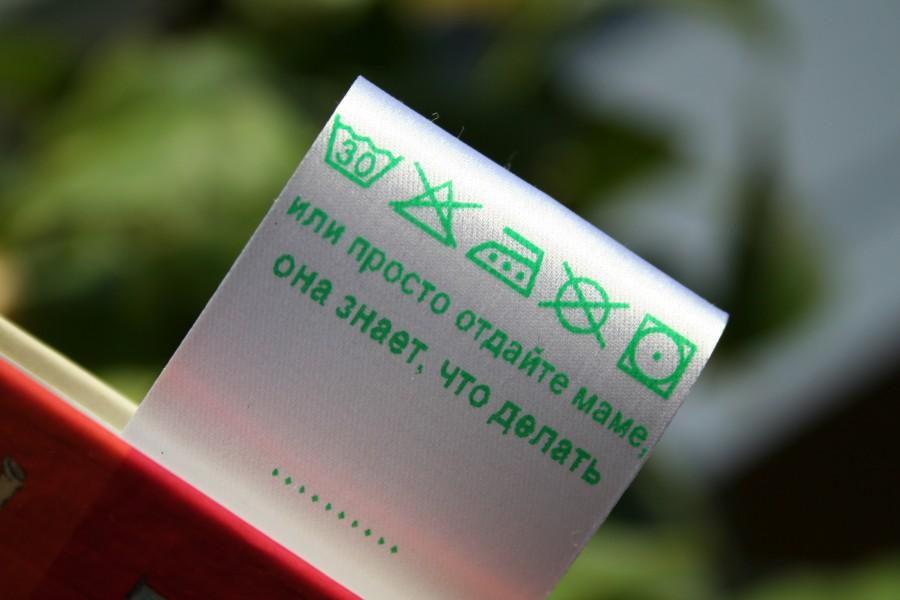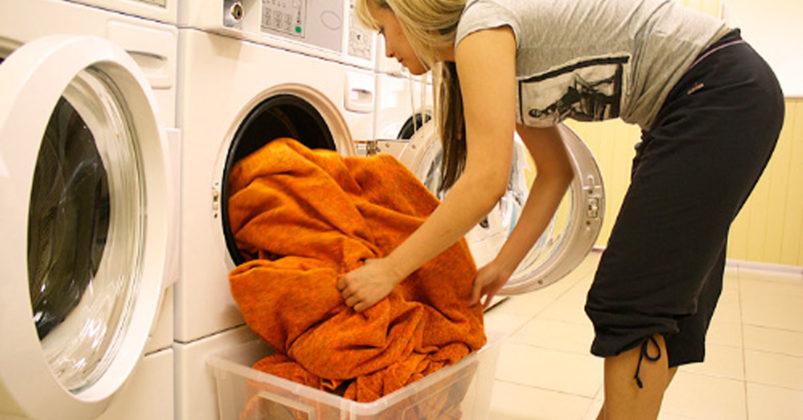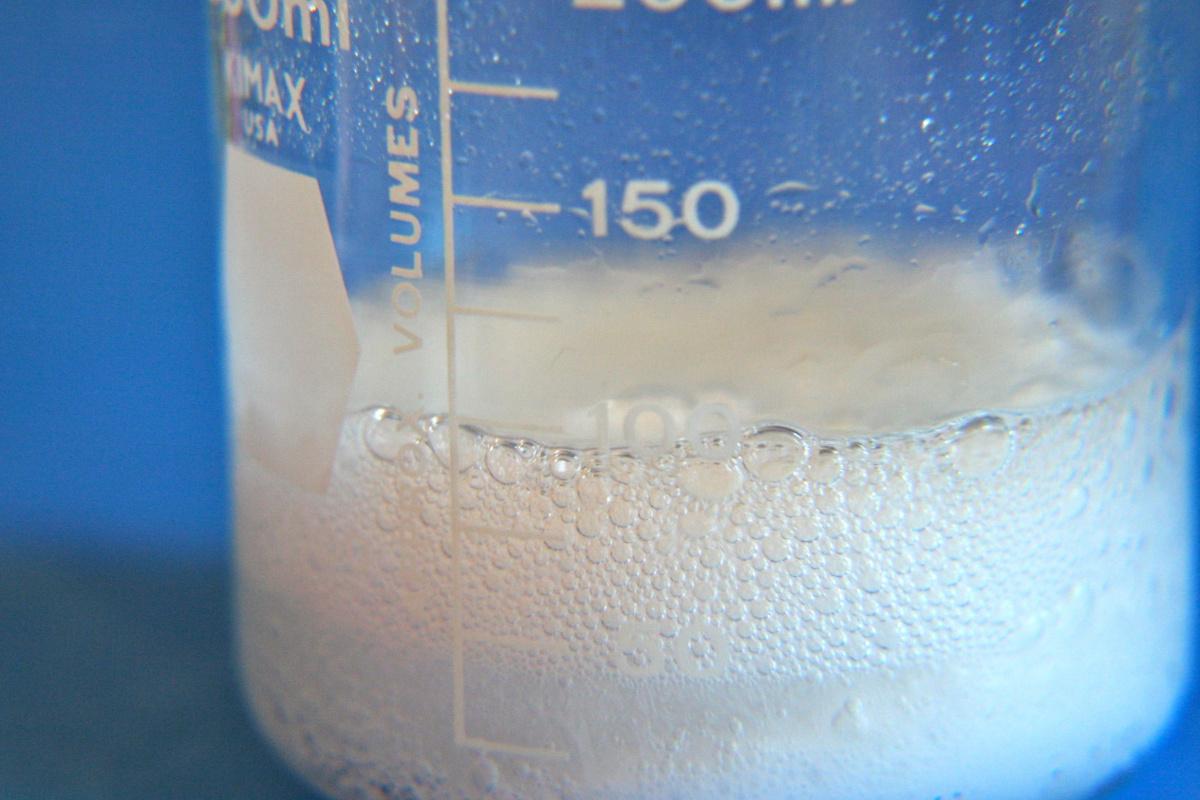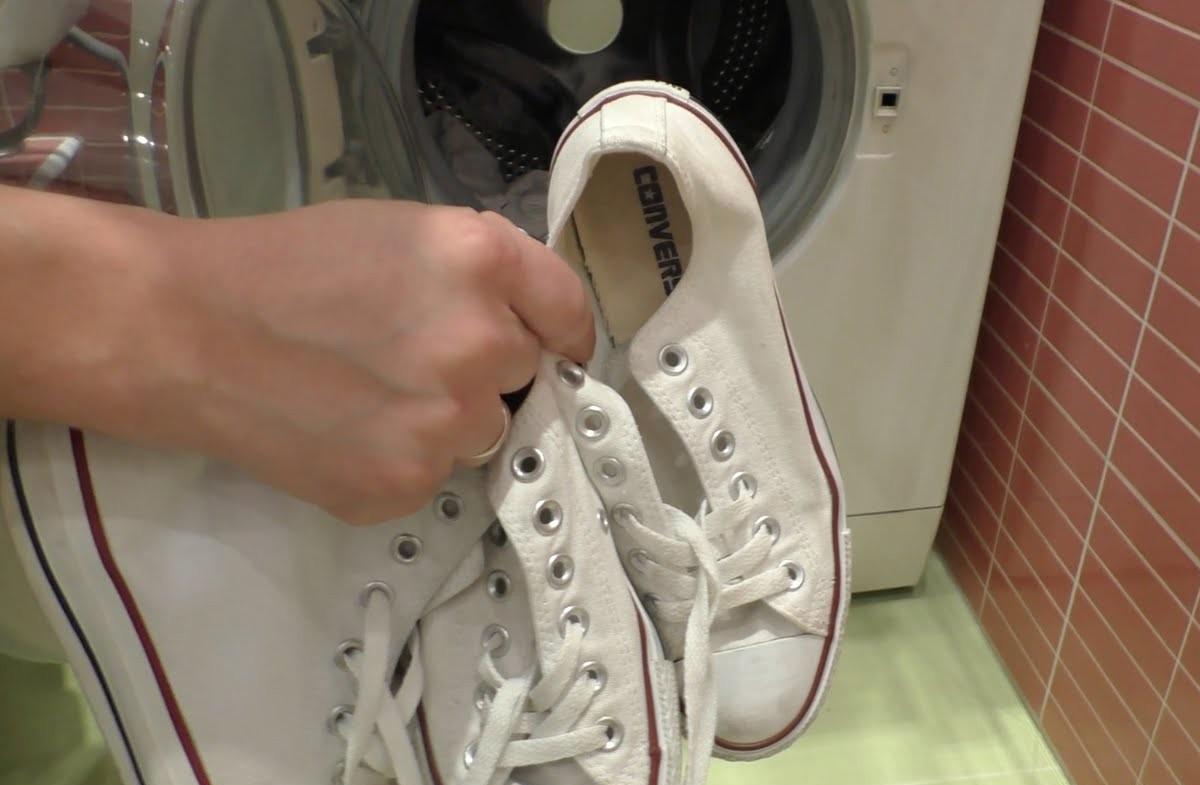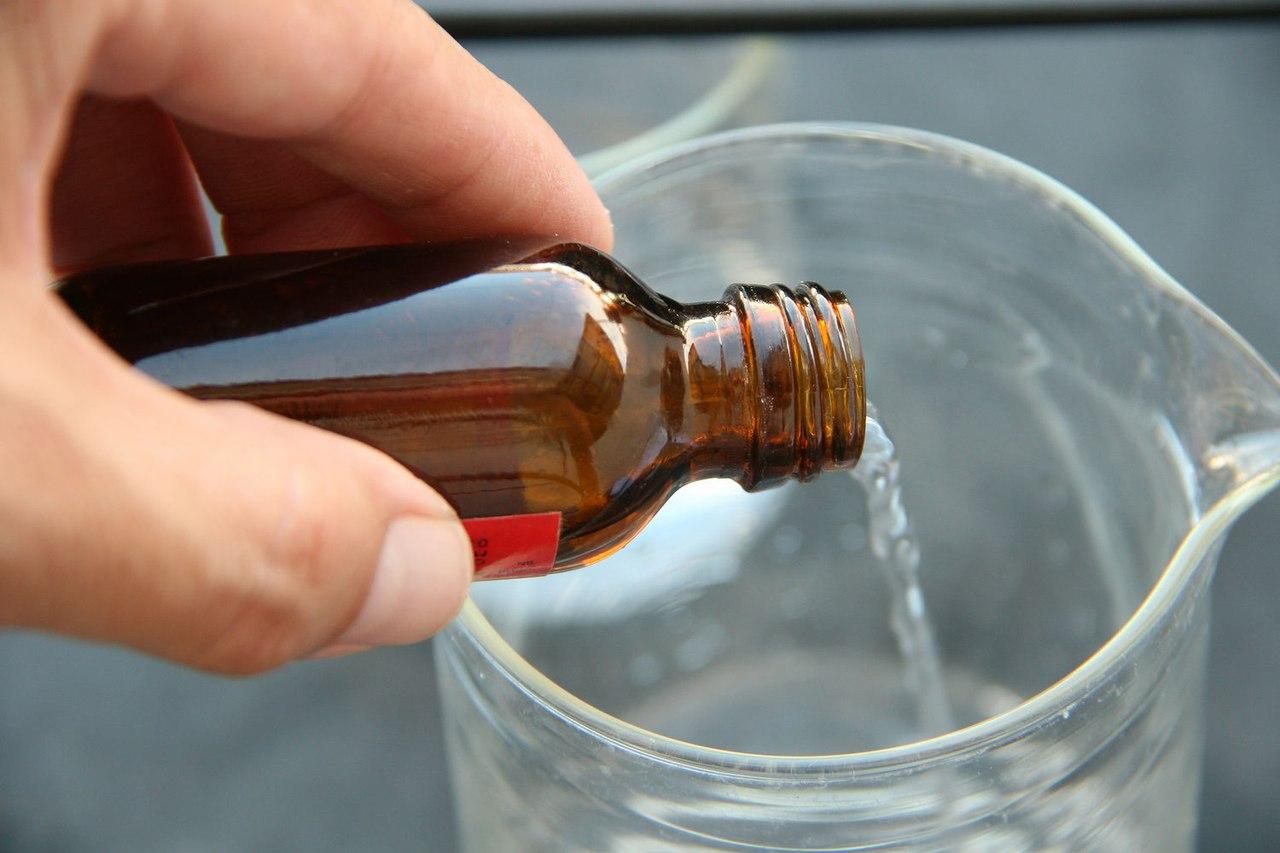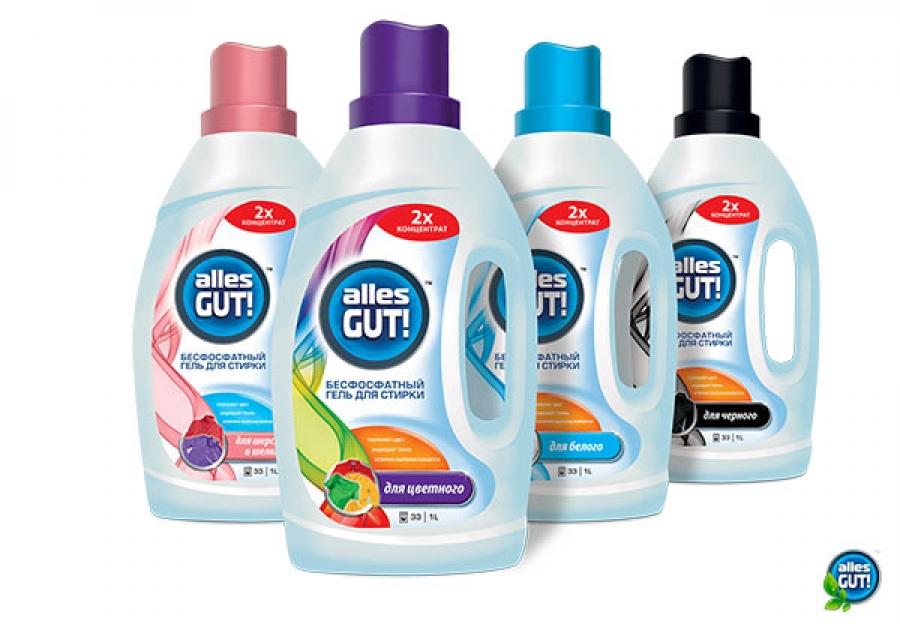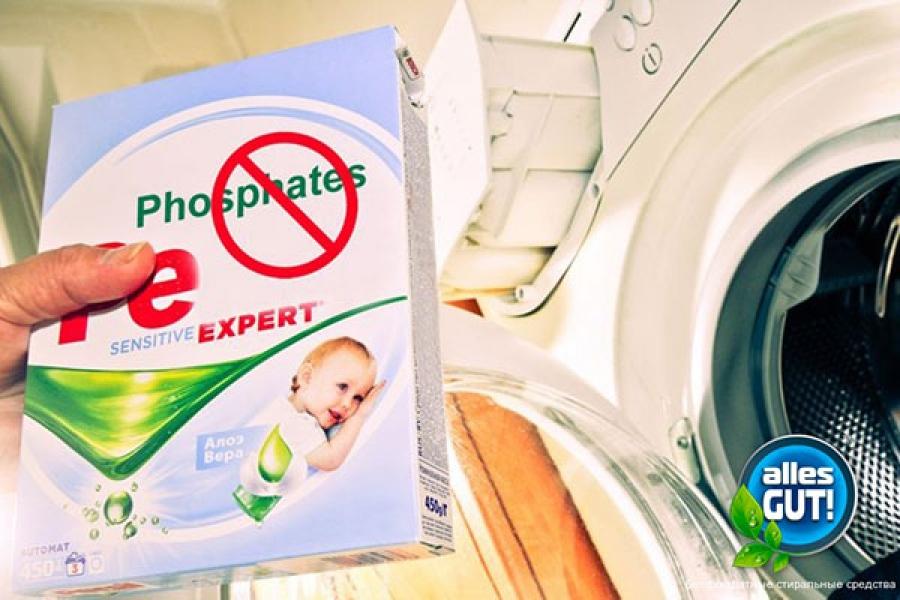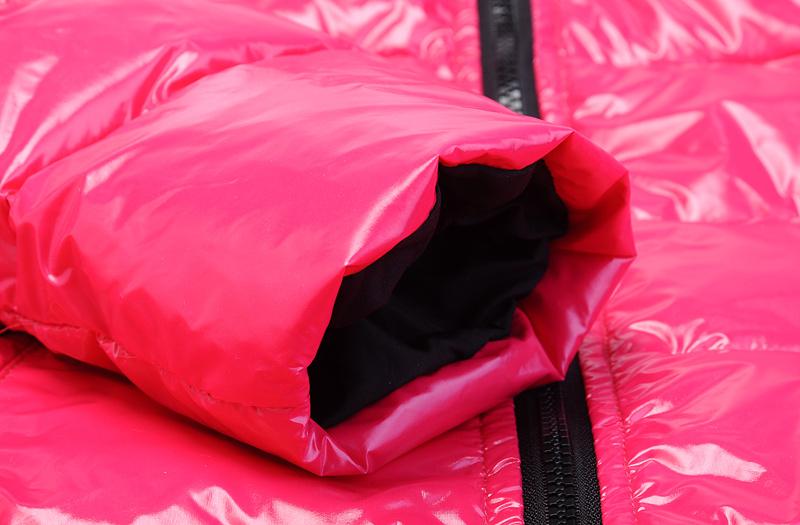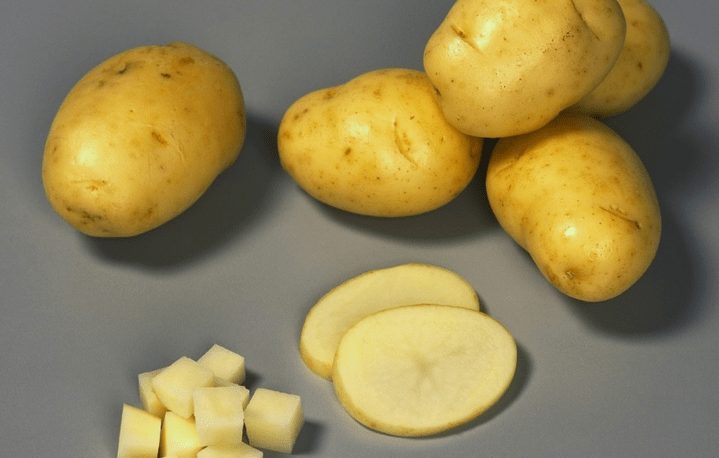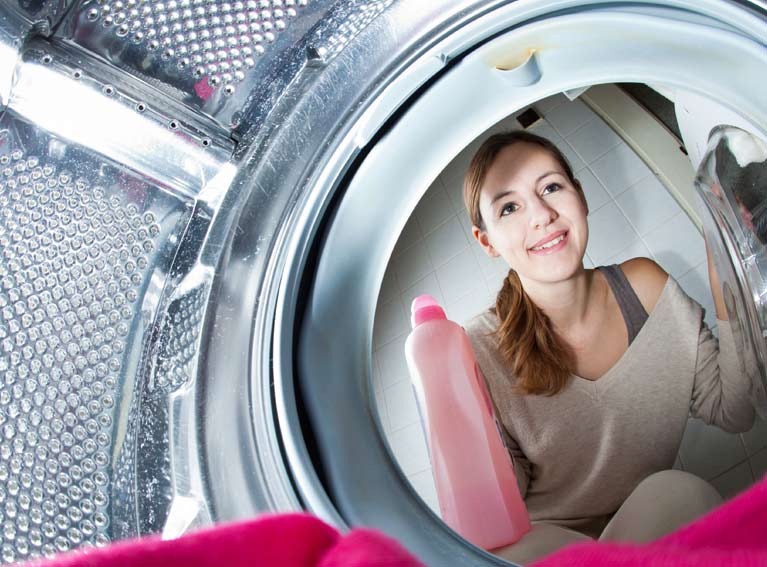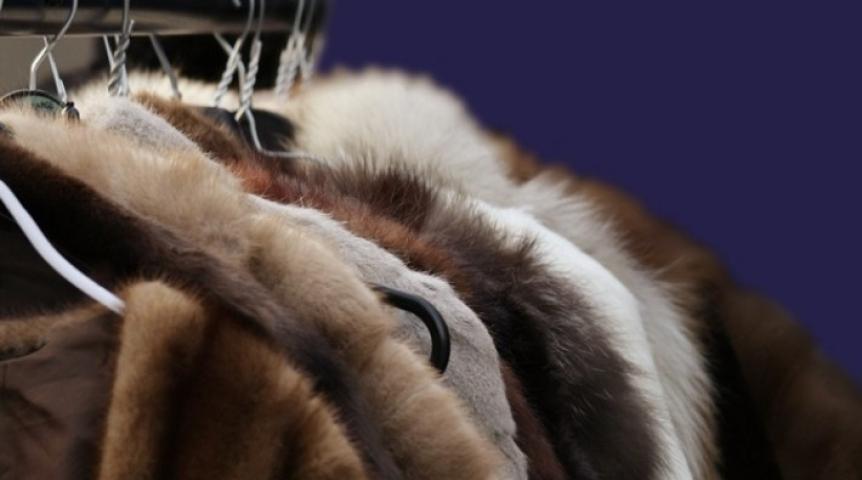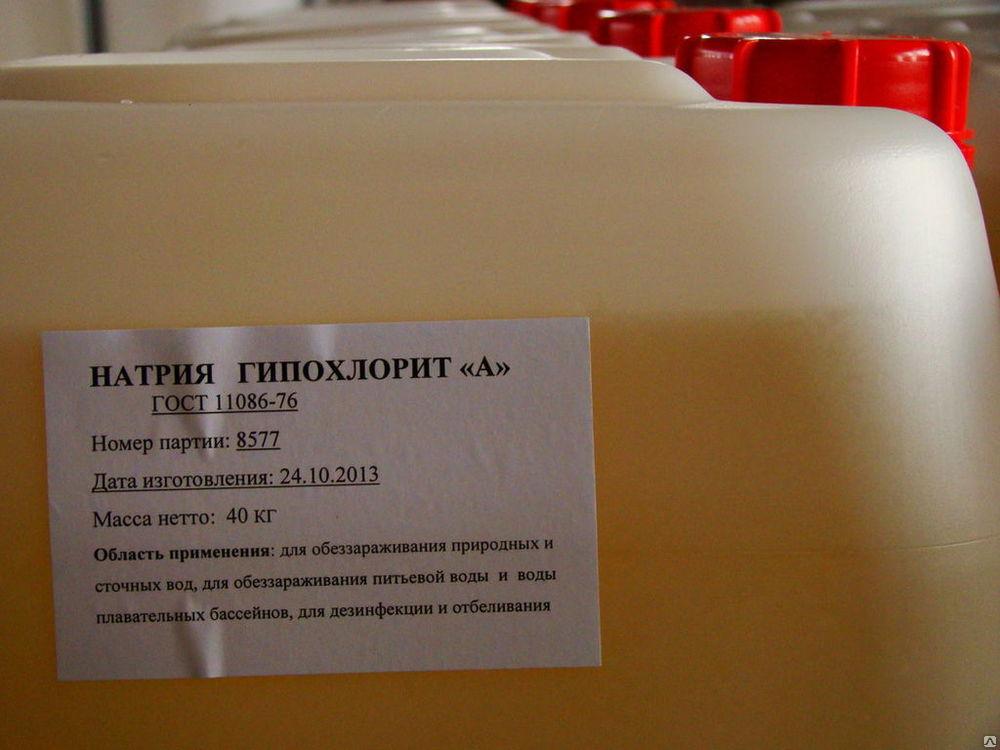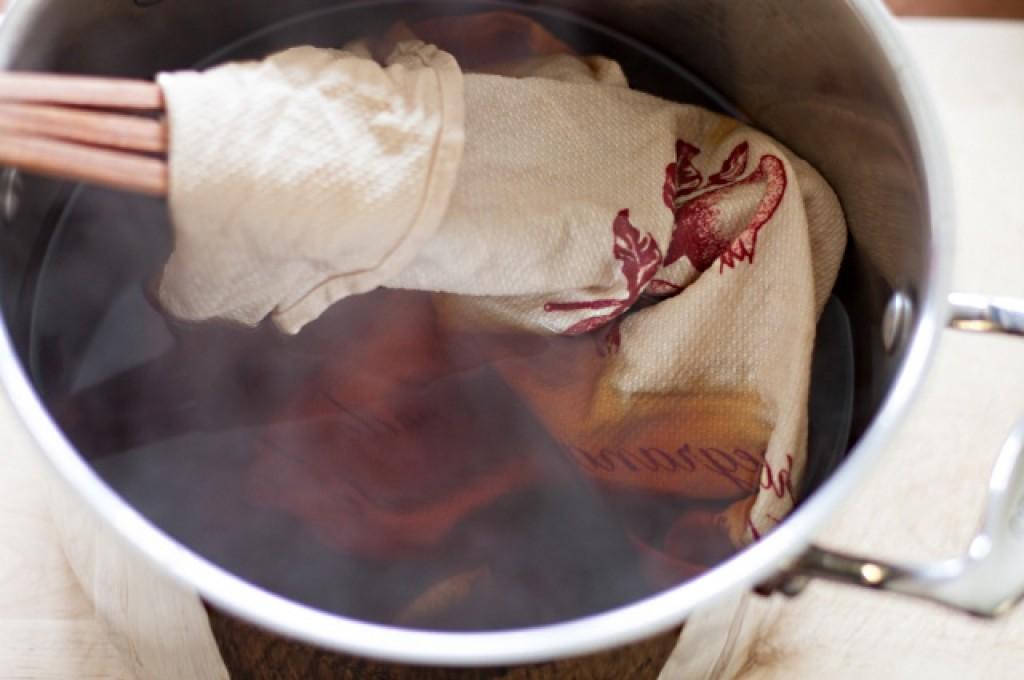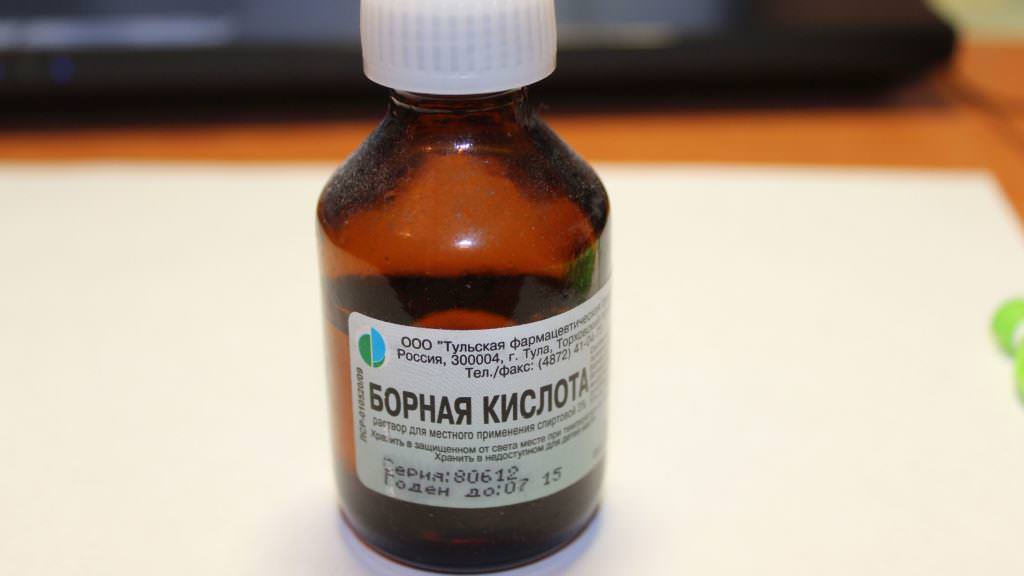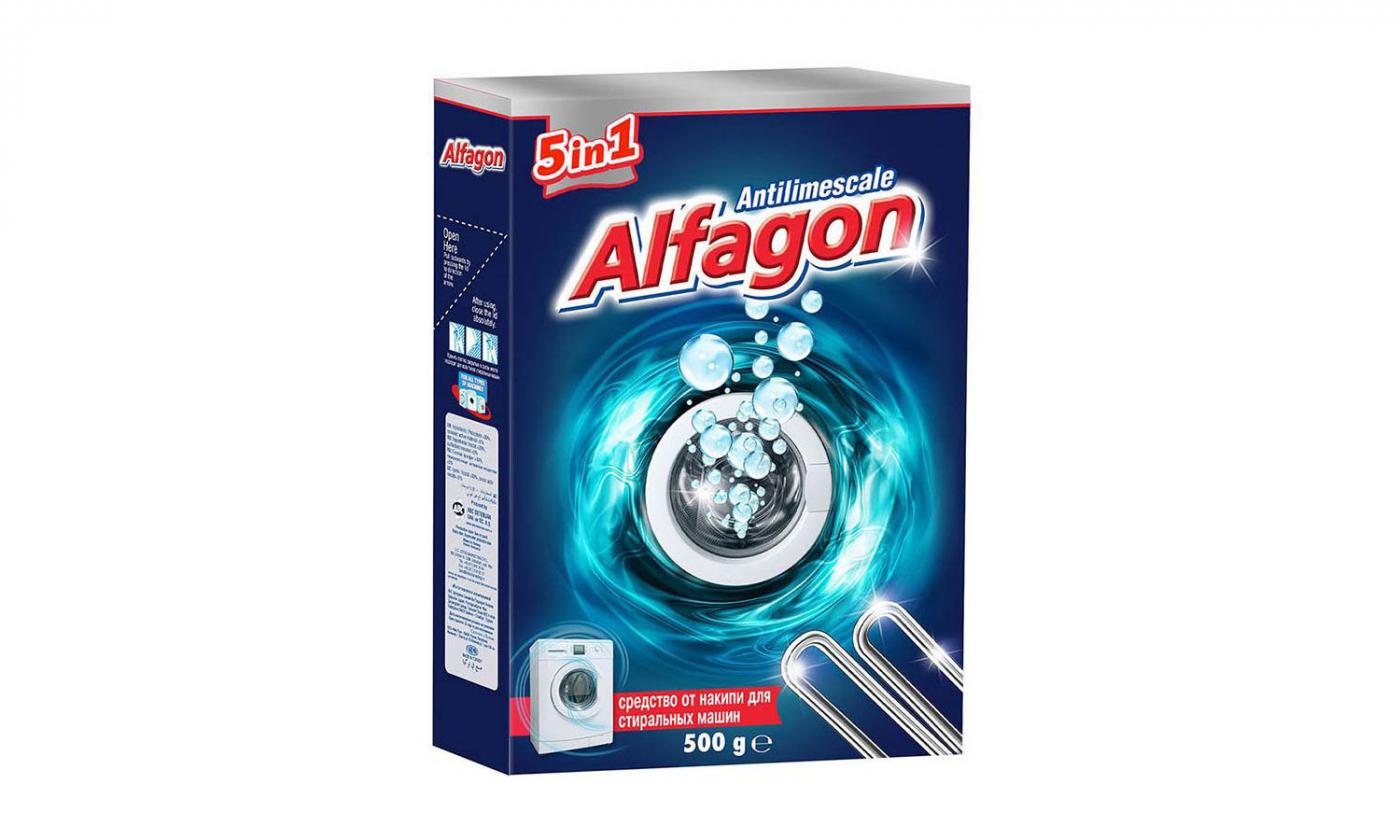A sweater is a practical piece of clothing that will help keep you warm on cold days. Improper care leads to the fact that the thing is stretched and becomes unusable. Therefore, many are interested in how to wash a sweater in a washing machine so as not to damage the material, shape and appearance of the thing.
What woolen things do not tolerate
Generally, wool pullovers get dirty little and do not require frequent cleaning. Woolen clothes should not be washed frequently or soaked for a long time.
They do not tolerate prolonged water procedures: this can lead to their stretching.
- In addition, it is recommended to wash a woolen jacket without sudden changes in temperature: this can provoke a decrease in its volume.
- Knitted clothes should not be washed at too high a temperature. Boiling water negatively affects the shape of clothing. However, wool sweaters do not like cold water either. The maximum temperature is 30 degrees.
- Washing a sweater should not be accompanied by strong friction and twisting. Wet wool fibers can be mechanically damaged, stretched or torn.
How to wash
Wash a knitted sweater should be specially designed for wool products or gel. Many housewives prefer only liquid products: they dissolve well in an aqueous solution and gently wash dirt.
Angorka is perfectly cleansed with regular shampoo. Mohair jumpers are also washed with shampoo, rinsing them twice in a large amount of water.
Lambswool - products made from sheep's wool, will help clean ordinary laundry soap. Before washing, do not pre-soap the jacket. The contaminated item is placed directly in soapy water.
Small spots can be removed with the following composition: vinegar, salt, ammonia and water are mixed in equal proportions. Moisten a cotton cloth with this mixture and blot the dirt several times. No need to intensively rub the stain: this way you can stretch the jacket.
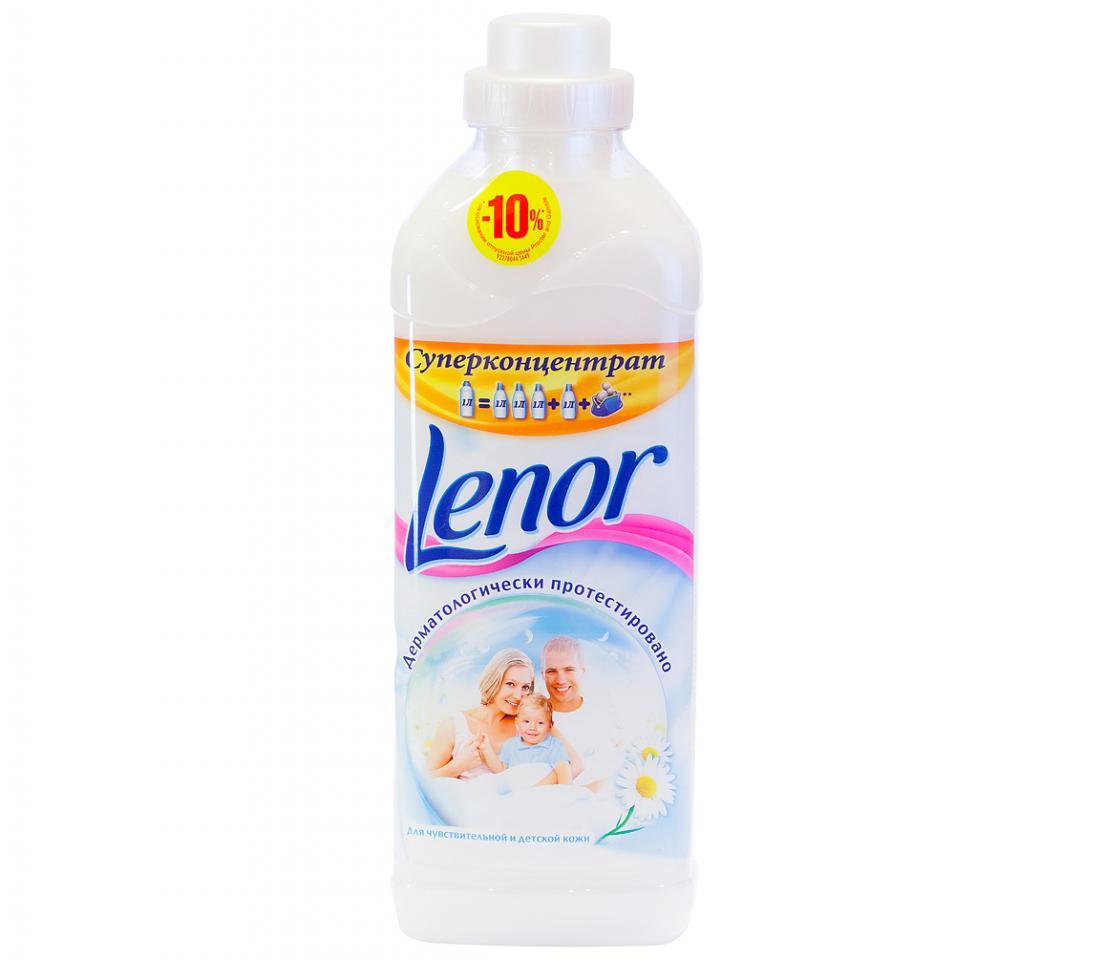
So that the jumper does not lose its softness and fluffiness, conditioners for woolen things, for example, Lenore, can be used.
Handwash
How to hand wash a wool sweater? It is recommended to clean clothes made of wool by hand: this way you can preserve its warm qualities and softness.
In addition, you must follow simple recommendations:
- avoid soaking things;
- before cleaning, turn the thing inside out;
- do not pour washing powder directly on the jacket. The agent is dissolved in warm water, whipped into a thick foam, and then the product is lowered into the water;
- liquid detergents are perfect for cleaning knitted clothes;
- wash a wool sweater so that it does not sit down without violating the temperature regime. Water should be moderately cold: up to 30 degrees. In this case, the temperature of the aqueous solution during rinsing should be the same;
- after the end of the process, the jacket should not be twisted intensively. It is recommended to squeeze it easily and let the water drain;
- Laundered clothes should be dried by spreading them horizontally and placing a towel to absorb moisture. After getting wet, it is changed to dry:
- do not hang the sweater vertically: it may lose its shape;
If greasy dirt has formed on wool items, you can remove them with mustard powder.
To do this, you need to dilute 200 g of dry powder in a warm aqueous solution to the consistency of gruel. The resulting composition is filtered, applied to the stain and kept for 2-3 hours. The entire sweater is washed in the same solution.
The mustard solution is changed several times.Before rinsing, ammonia can be added to the mixture by diluting it with water: for 5 g of alcohol - 10 liters of water.
You can freshen up a thing and get rid of yellowness by lowering the product into lemon water. If it is necessary to get rid of fresh dirt, the pullover is dried, after which it is cleaned with a soft brush.
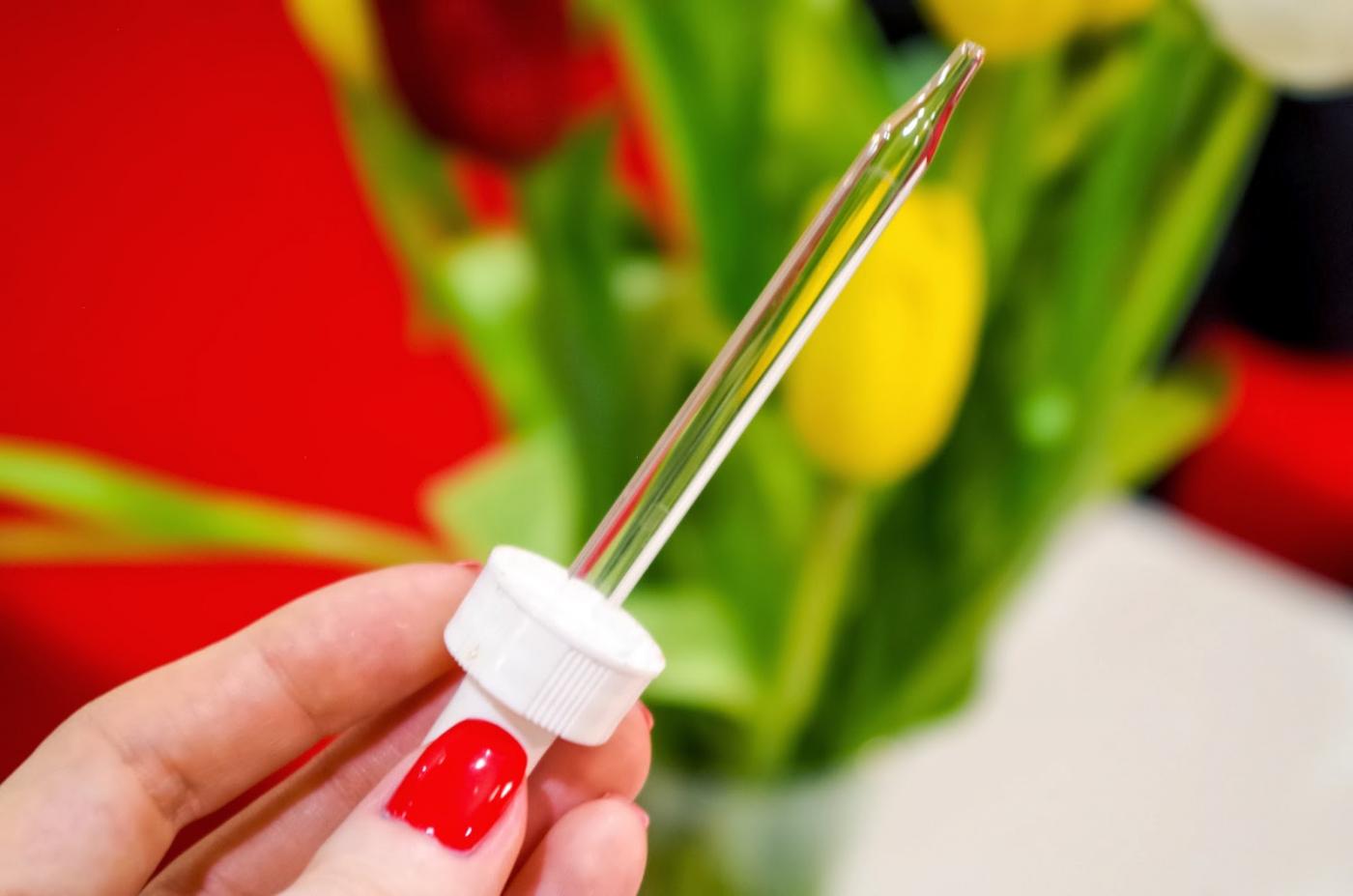
Soap and glycerin cope well with pollution. The jacket is placed in a soapy solution and washed by hand. During rinsing add 10 drops of glycerin.
Automatic washing
Do not machine wash your wool sweater too often.In this case, there is a possibility of damage and loss of quality.
- Do not clean wool or mohair items with ordinary washing powder: they can shrink several times. It is best to use a special powder by adding it to the compartment. Together with the detergent, add a little conditioner.
- Fluffy angora or cashmere garments must be machine-cleaned with extreme care: they may lose their softness and appearance during cleaning. Therefore, you need to wash the “grass” sweater using a delicate mode, or by hand, sewing up all the loops and fasteners for the duration of the process. This way you can prevent stretching things.
- First, the jacket is immersed in a laundry bag, then placed in the machine. In addition to the product, no other clothes are placed in the drum.
- The optimum temperature is 30°C.
- The duration of the machine should not be more than 40 minutes.
- The cleaning mode must be carefully selected. Sweaters are washed in delicate mode, or by selecting the "For wool" function. This way you can avoid possible deformation of the clothes.
- A prerequisite is to turn off the spin. If this function is not removed, there is a risk of tissue damage and fiber stretching.It is best to wait until the wash is complete, then carefully remove the sweater and allow all the water to drain.
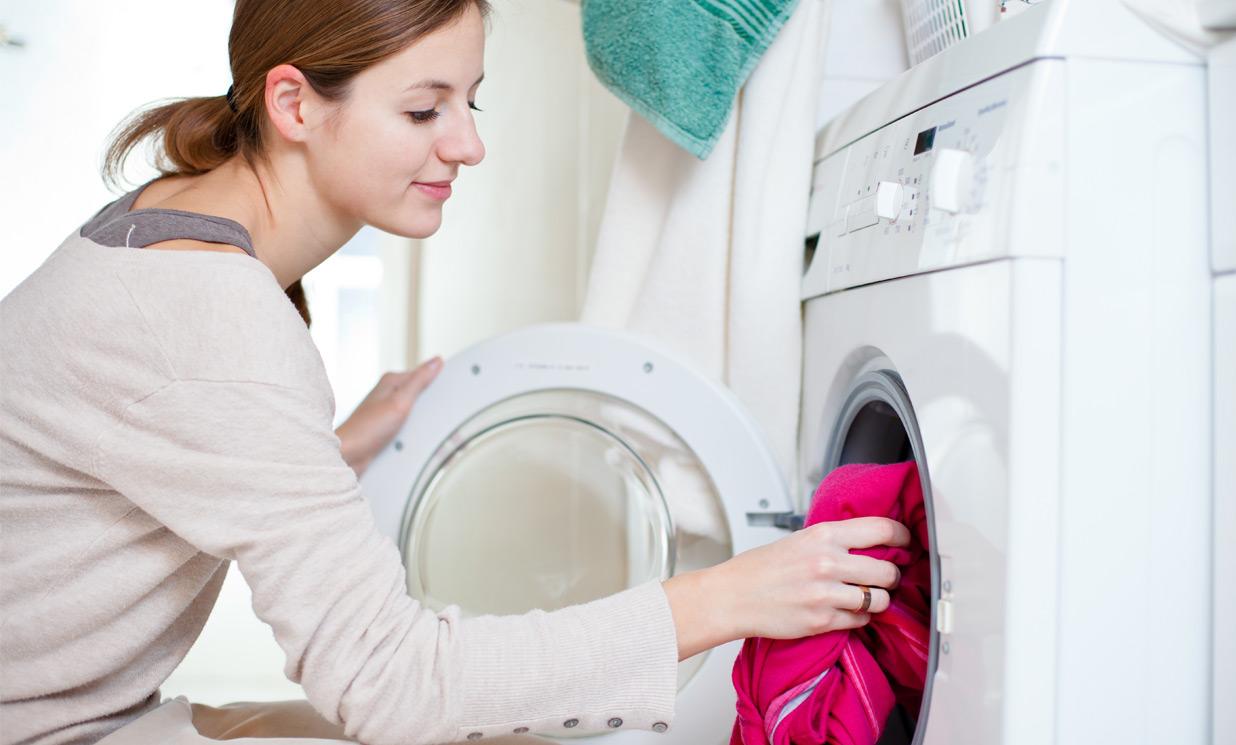
Machine wash is used in emergencies when there is no time for washing by hand.
Drying
If the washing process was successful, and the product has not lost its attractive appearance, you can start drying.
Improper drying is often the cause of knitted or fur sweaters stretching. You can prevent this problem by following these tips:
- After removing the blouse from the machine, slightly squeeze out the moisture, without applying significant effort. The thing is left in the basin until all the water flows out.
- After 2-3 hours, the thing begins to be prepared for drying. To do this, it is carefully laid out on a terry towel, after which it is twisted into a roll.
- After getting wet, the towel is replaced with a dry one.
- Then the product is straightened on a horizontal surface and dried in this position for 2-3 hours.
- To avoid shrinking, do not leave the sweater near a heater or other heating device, or in direct sunlight.
- To prevent the villi from rolling after washing and drying, the fur is carefully combed. This will help restore fluffiness to the pile.
There are a couple of secrets that housewives often use while the product is wet:
- if the blouse has sat down, it can be pulled a little in different directions;
- to reduce the size, you need to put the thing near a heat source.
Ironing
Wool clothes are usually not ironed. Ironing should only be used when absolutely necessary.
In this case, you need to pay attention to the label: if there is no restriction for ironing, you should adhere to the following rules:
- iron the product only after complete drying;
- during ironing, the jacket must be turned inside out;
- to avoid shiny streaks, the surface is ironed by placing slightly moistened gauze on top;
- no need to stretch the material with an iron. The iron is gently pressed against the surface of the fabric;
- some irons are equipped with special temperature marks, for example, the “Wool ironing” function.
Proper care of your favorite sweater is a guarantee of keeping its shape and attractiveness for a long time.However, if there is a fear of damaging the product, it is best to trust the help of professionals and take it to dry cleaning.


